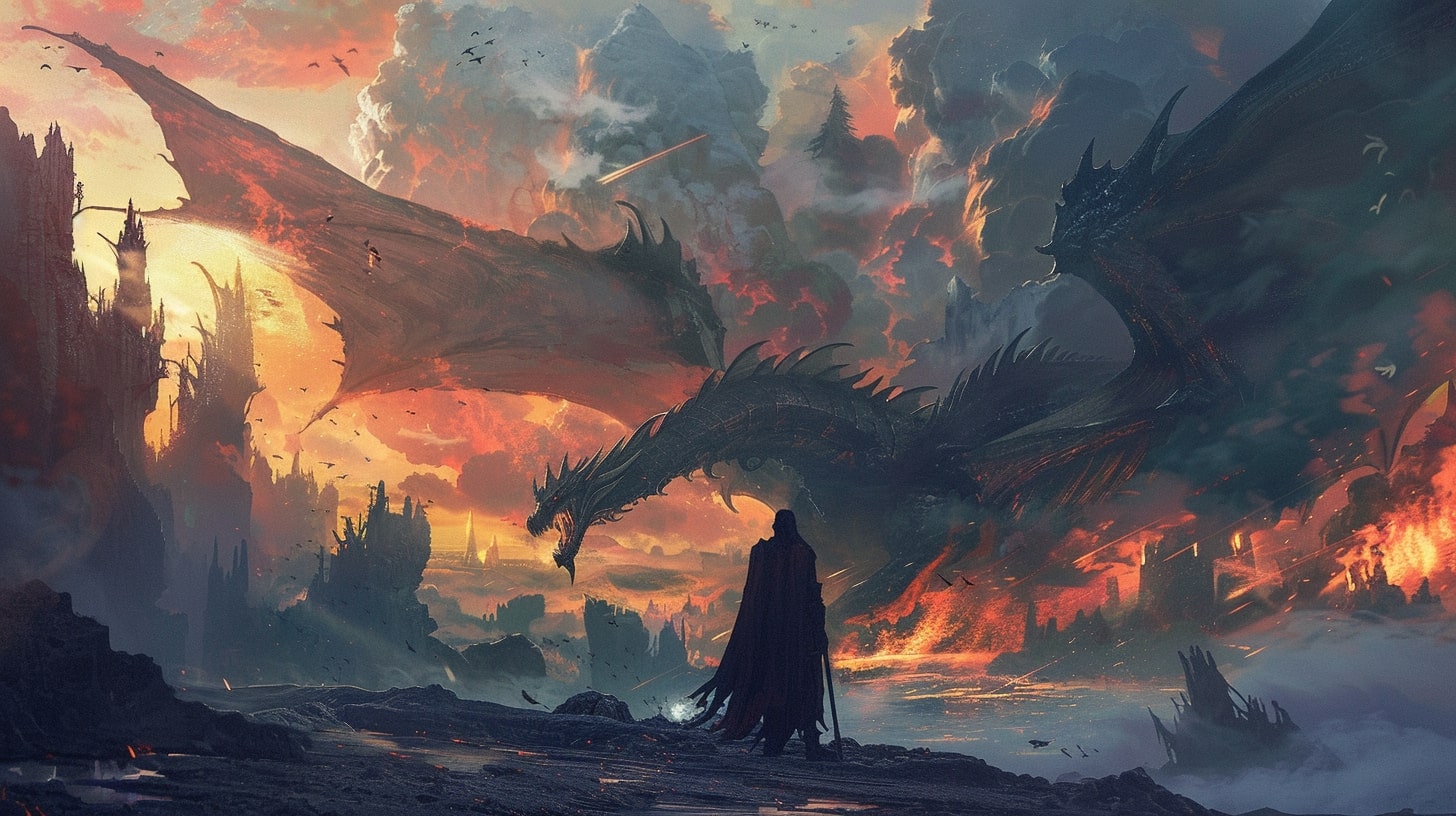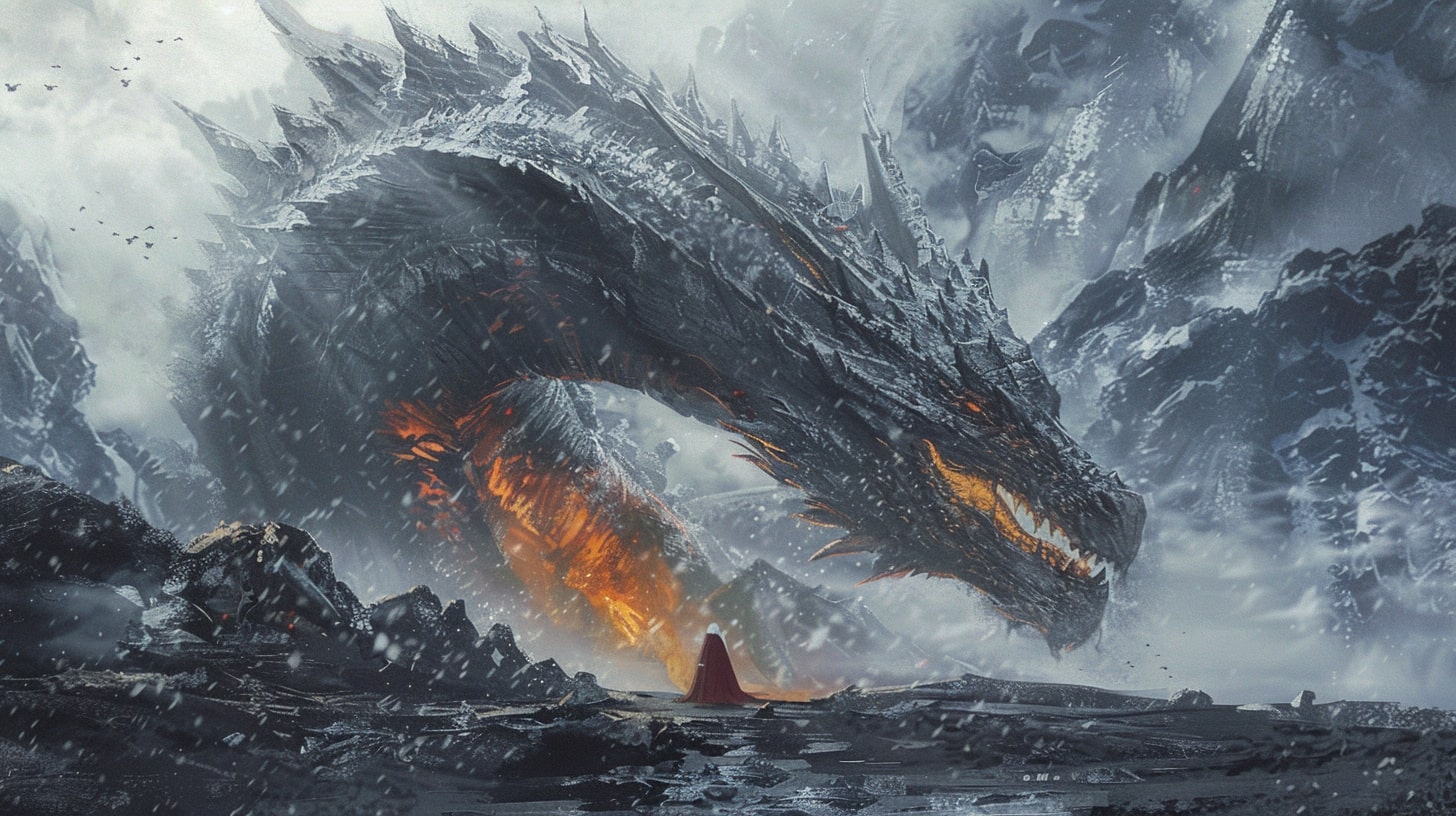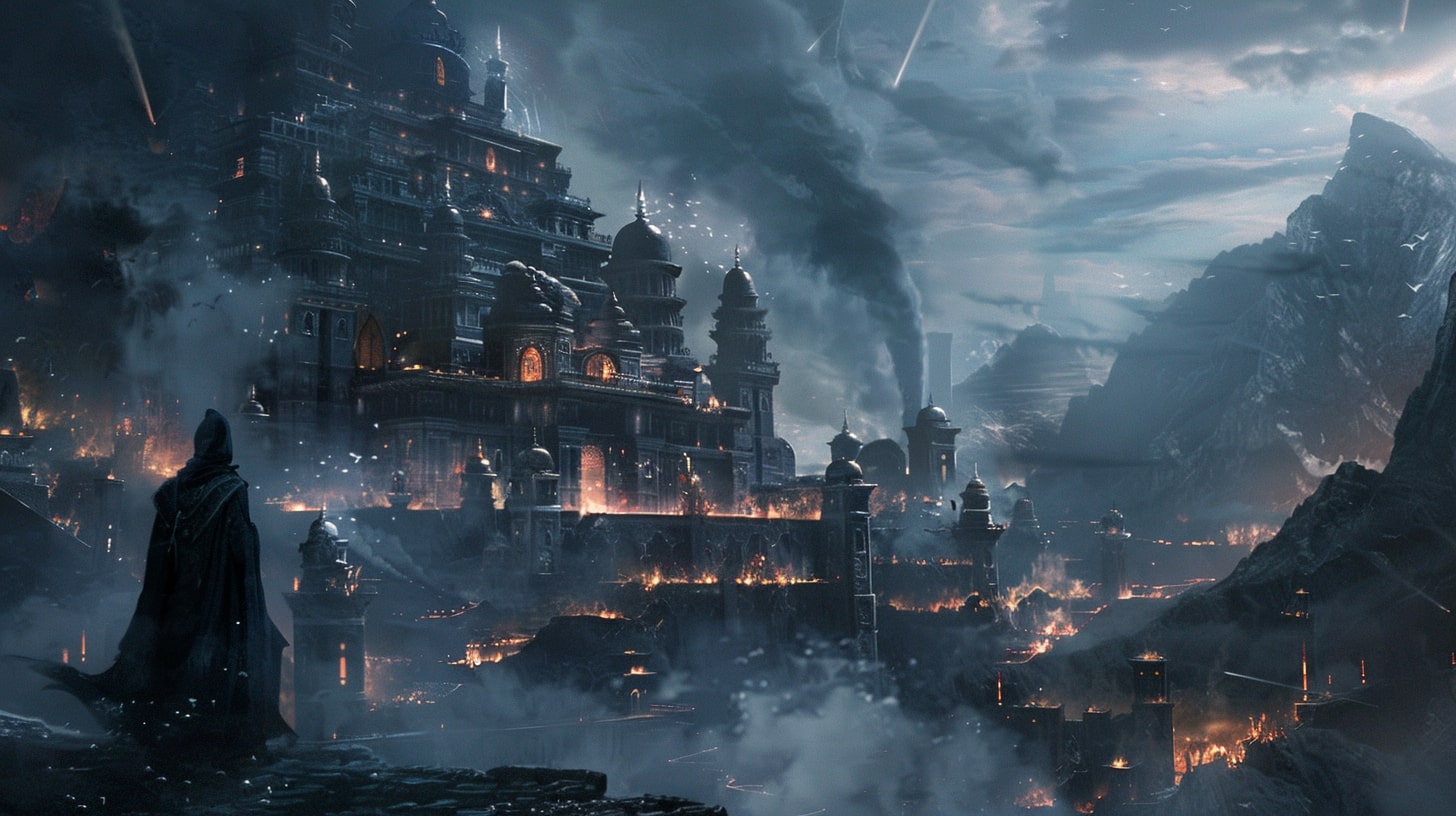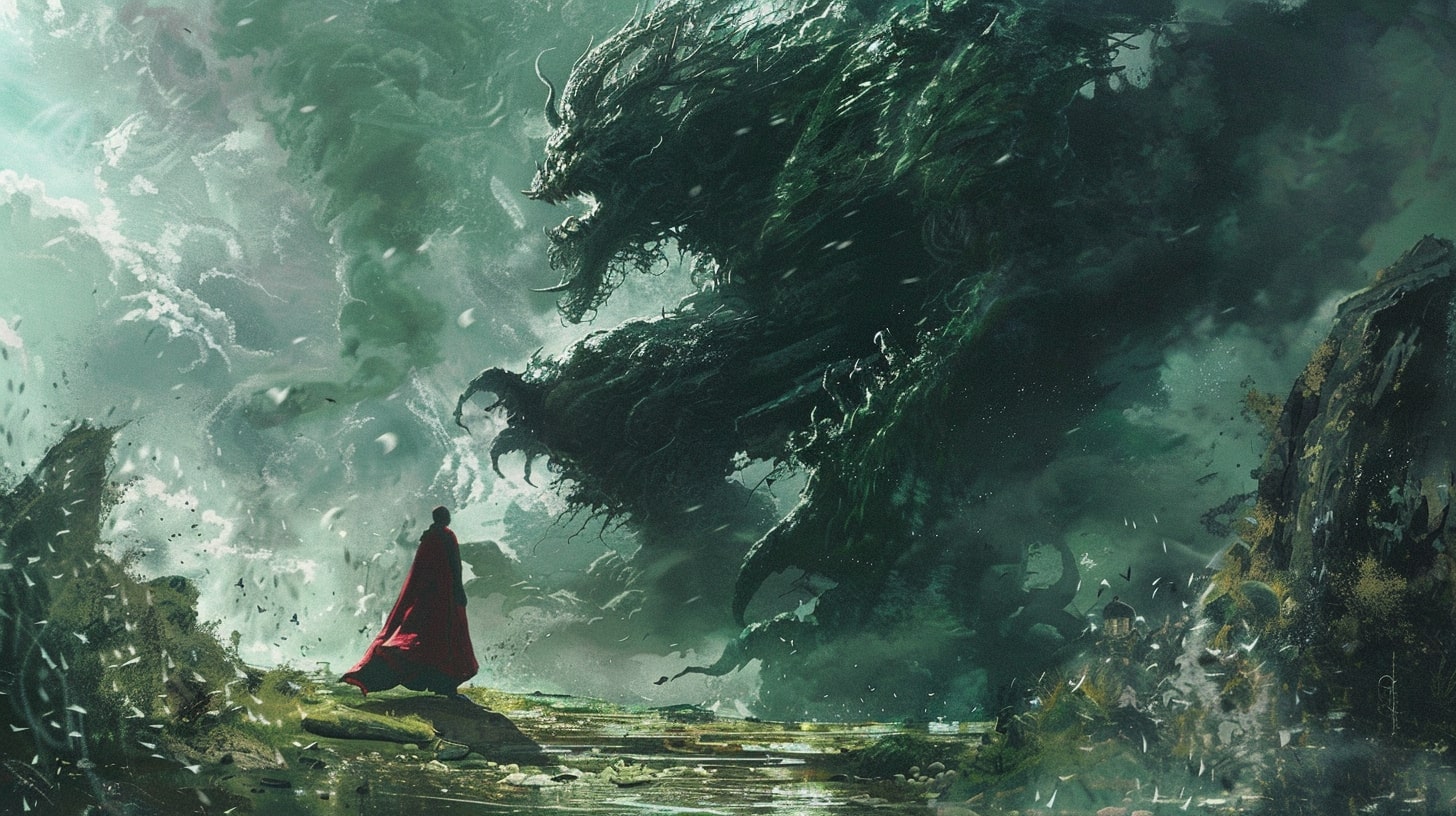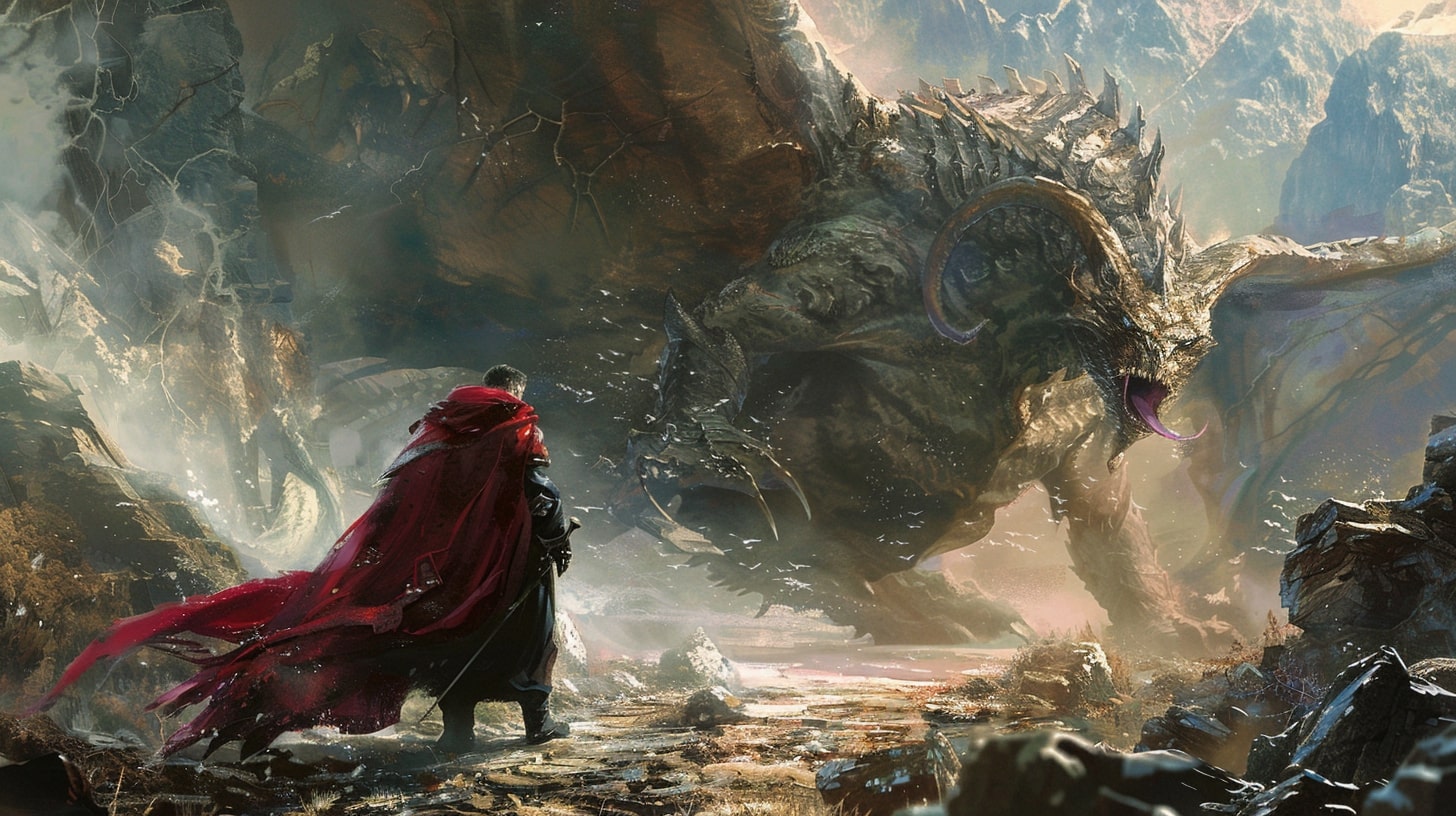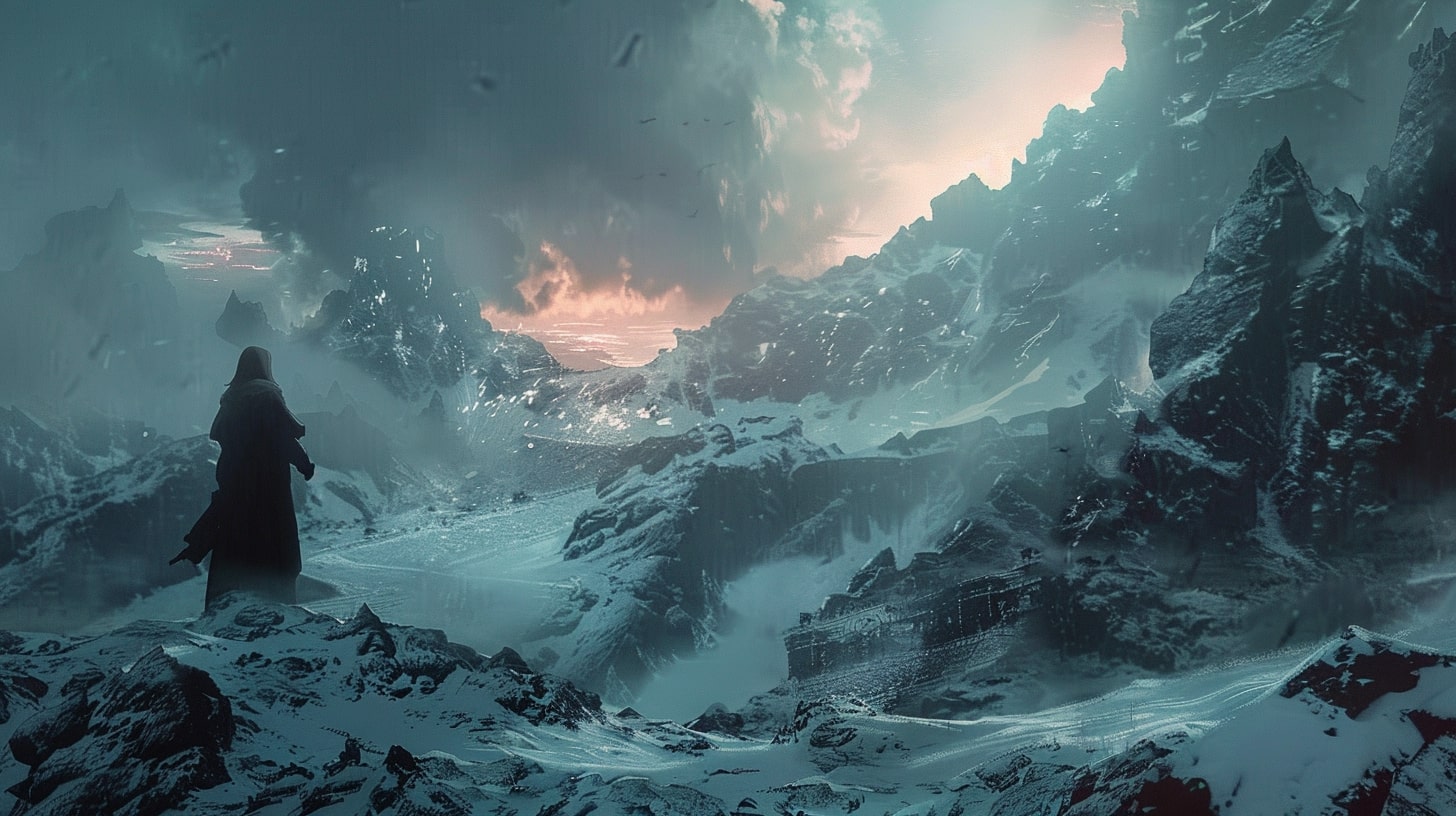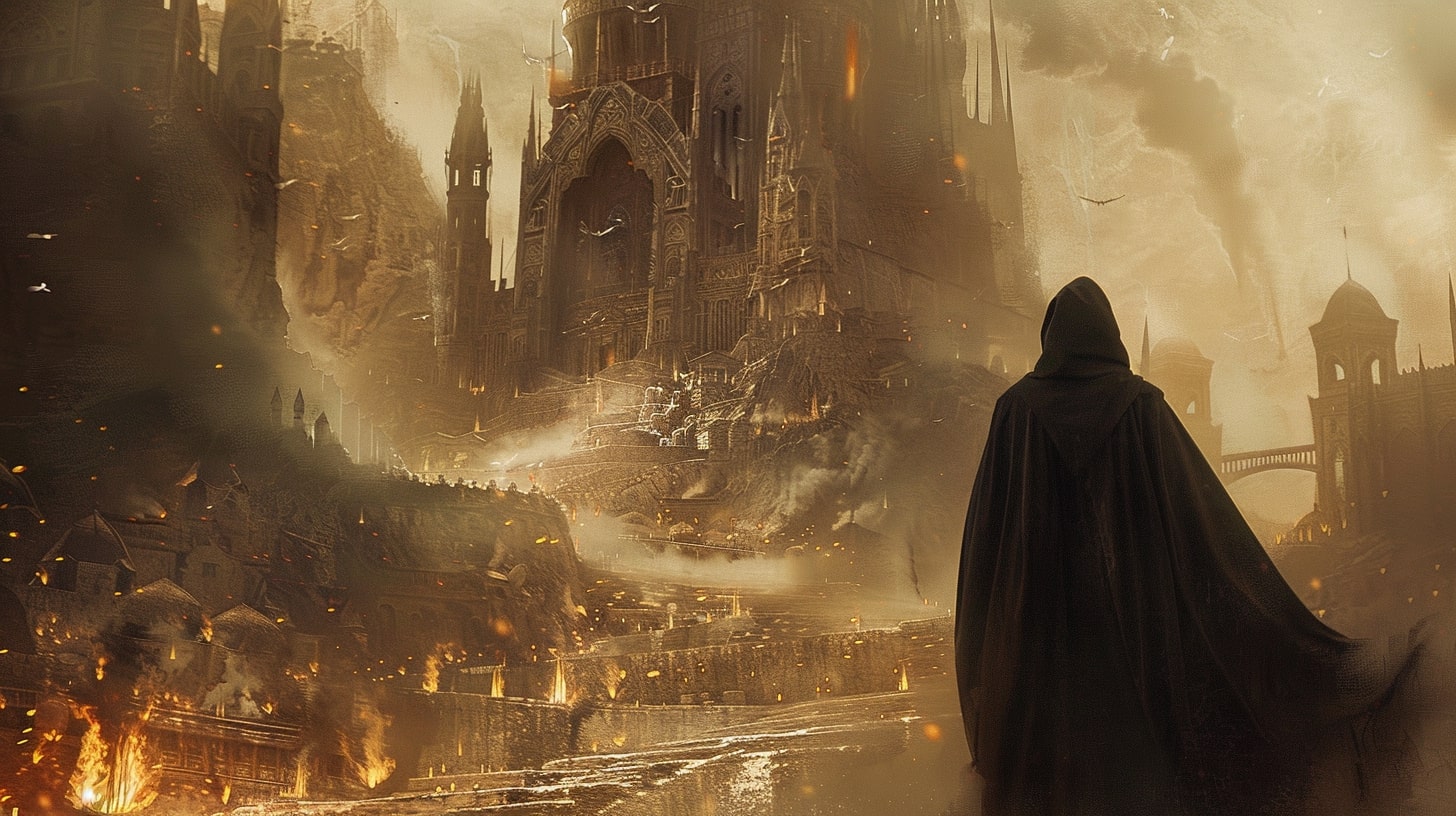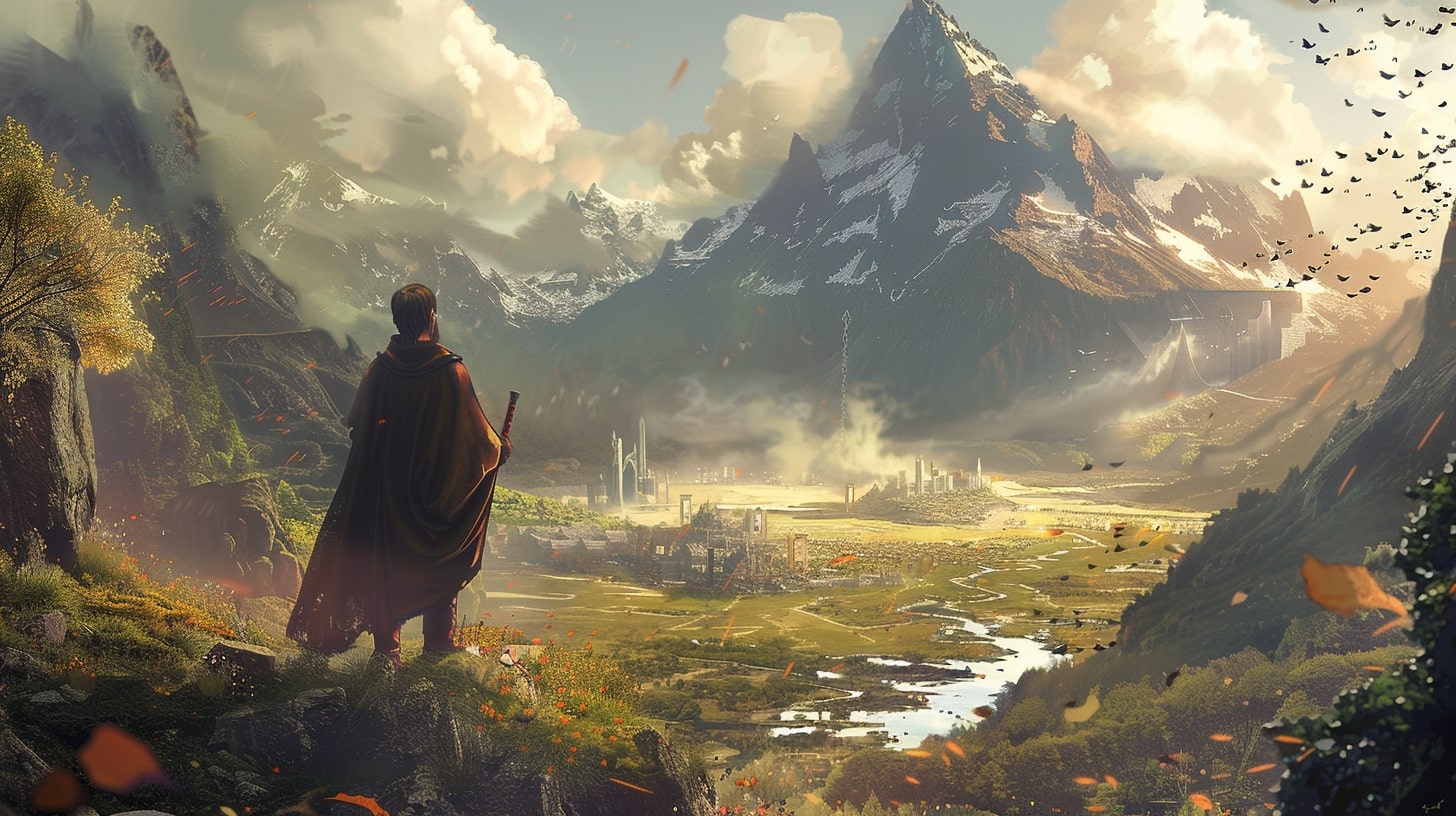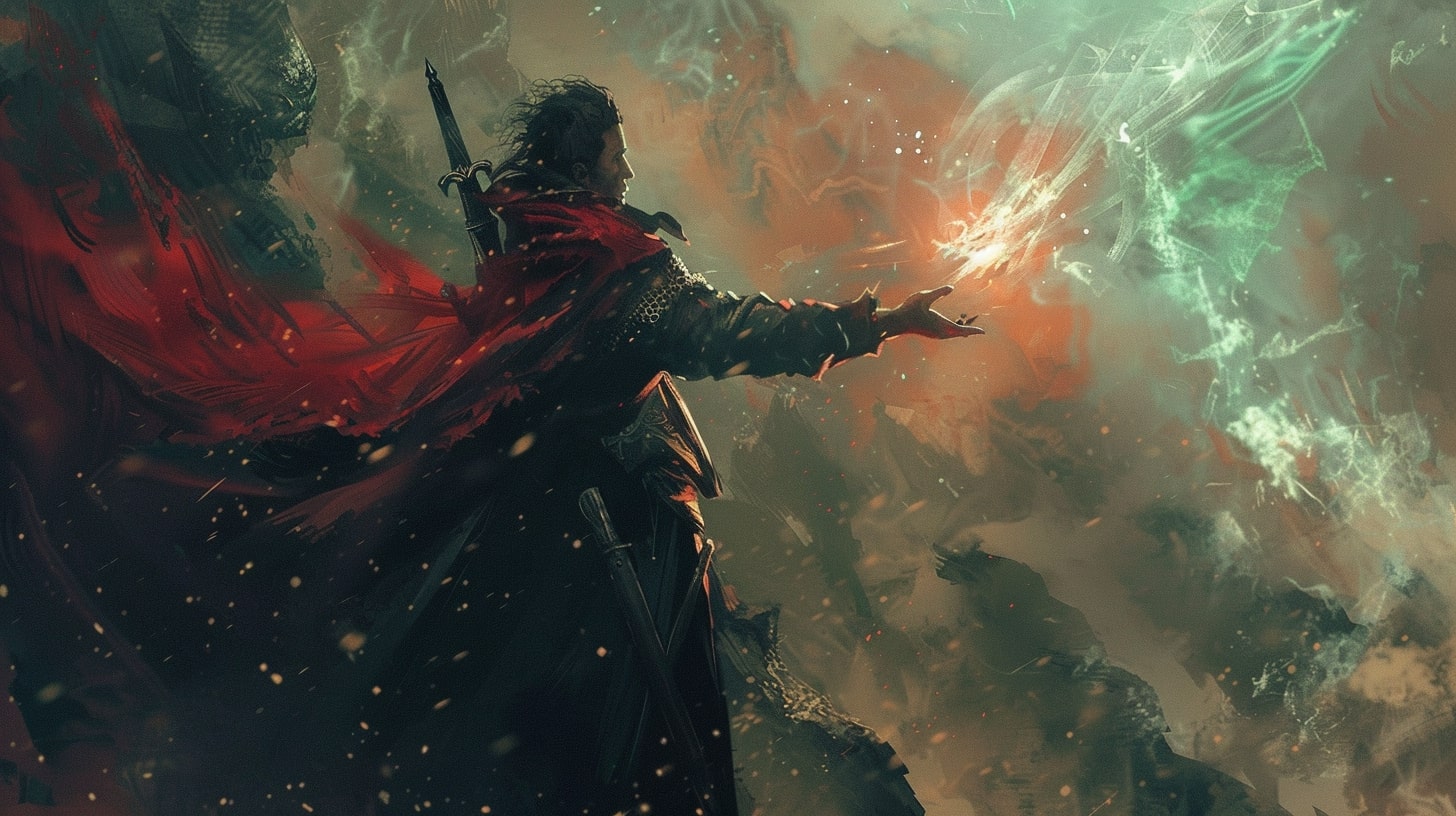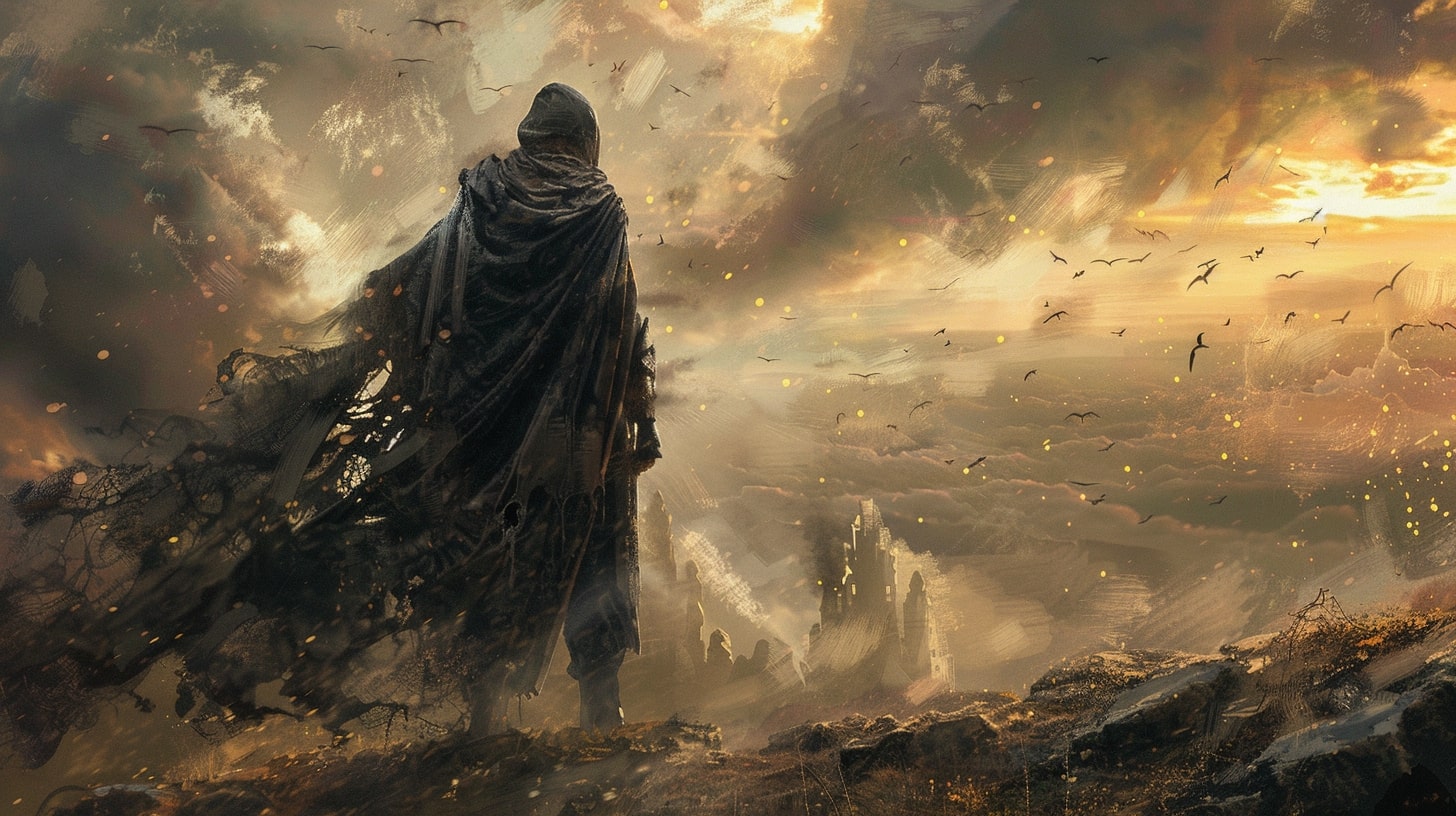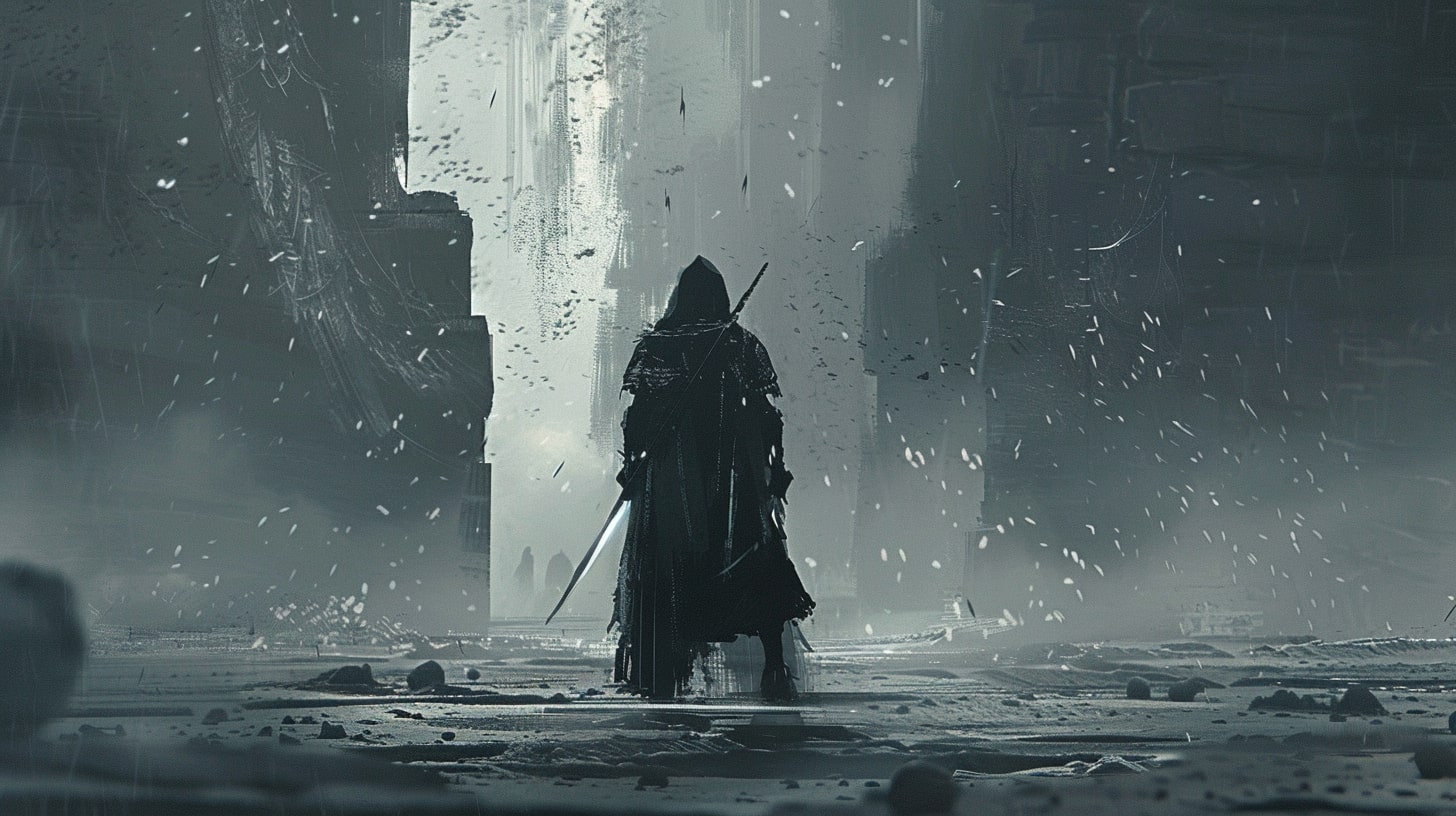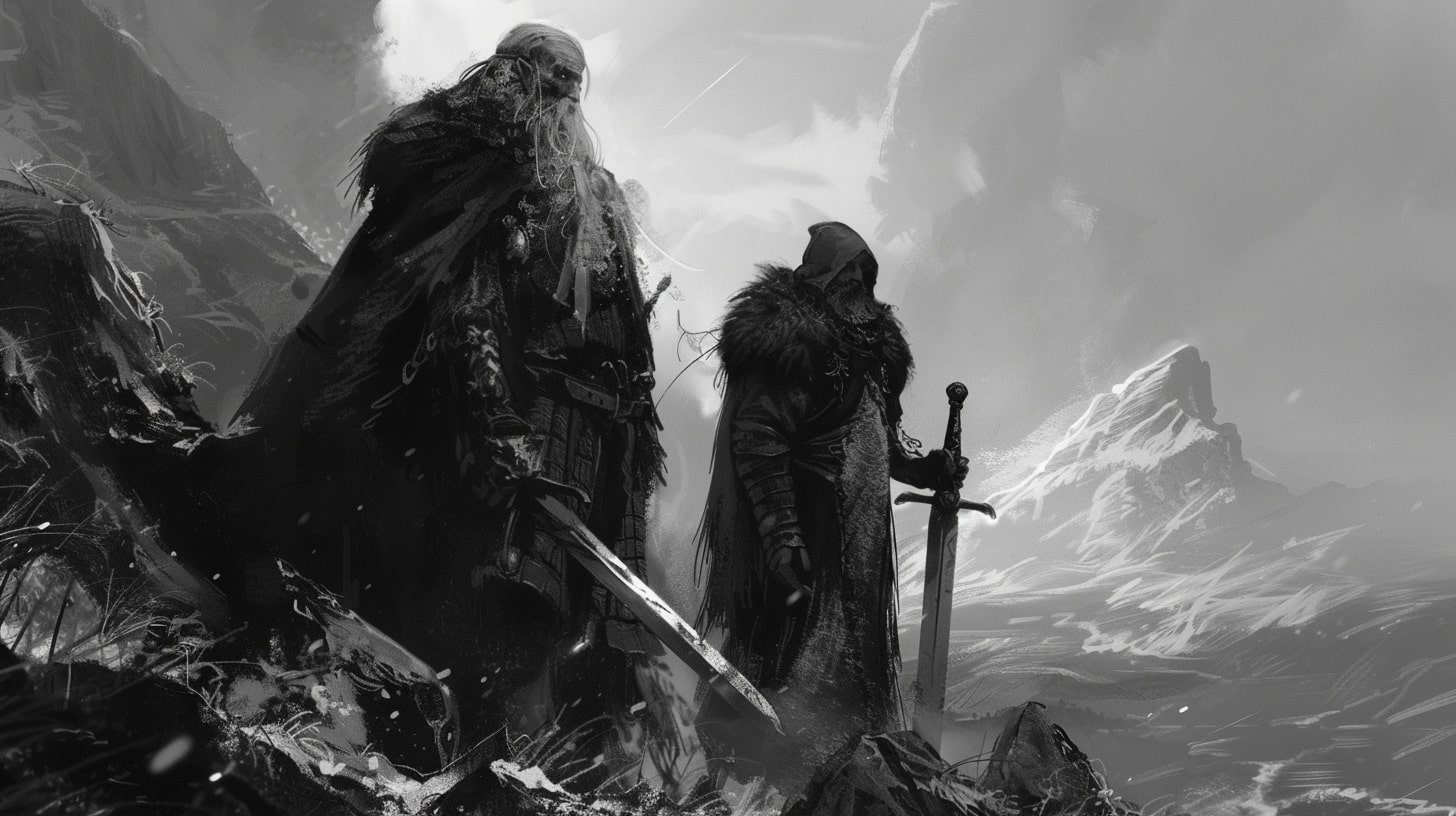Unleash the Hero Within: Mastering the Art of Developing Strong Protagonists
Introduction: Welcome to the Hero’s Journey
Hey there, aspiring writer! Ready to dive into the exhilarating world of developing strong protagonists? Buckle up, because we’re about to embark on a thrilling adventure filled with excitement, growth, and a whole lot of character development.
Creating a compelling protagonist is like sculpting a work of art. You have the power to shape their journey, their personality, and their destiny. It’s no easy feat, but with a little guidance, you’ll be well on your way to crafting a hero worth cheering for.
In this article, we’ll take you through the ins and outs of developing strong protagonist, unlocking the secrets to creating characters that leap off the page. From defining their goals and motivations to giving them flaws and vulnerabilities, we’ll cover it all.
But before we delve into the nitty-gritty, let’s take a moment to appreciate the beauty of the hero’s journey. Throughout history, countless tales have revolved around the hero’s quest. From The Odyssey to Harry Potter, these stories have captivated audiences and inspired generations.
So, grab your pen and paper, and get ready to unleash the hero within. Together, we’ll explore the art of developing strong protagonists, guiding them through challenges, growth, and transformation.
But, hey, remember that a hero’s journey isn’t just about the protagonist. It’s also about the supporting characters, the allies who have their back, and the antagonists who stand in their way. We’ll touch on them too, because what’s a hero without a worthy opponent or a trusted sidekick?
So, let’s dive in! Get ready to master the art of developing strong protagonists and embark on a writing journey that will leave readers begging for more. After all, the hero within you is just waiting to be unleashed!
Now, let’s get started with understanding who exactly our protagonist is. Check out the next section, Who is the Protagonist?, to dig deeper into the heart and soul of your main character. And remember, this is just the beginning of an epic adventure in character development!

Developing Strong Protagonist: Understanding the Protagonist
Welcome to the world of character development! In this section, we’ll dive into the depths of understanding the protagonist and why they are a crucial element in any captivating story. So, let’s get started!
Who is the Protagonist?
Ah, the protagonist, the star of the show! This is the main character that drives the story forward and captures the hearts of readers like yourself. The protagonist is the one who takes on challenges, overcomes obstacles, and grows throughout the narrative. They are the hero or heroine that readers root for and connect with on an emotional level.
Now, the protagonist can come in various forms. They might be a brave warrior saving the kingdom, a detective solving a mysterious case, or even an ordinary person facing extraordinary circumstances. The possibilities are endless, and that’s what makes the protagonist so exciting to develop.
The Importance of a Strong Protagonist
A strong protagonist is like a magnet that attracts readers and keeps them hooked until the very end. They are the driving force behind the story, captivating your imagination and making you care about their journey. A well-crafted protagonist can make or break a story, so it’s essential to invest time and effort into their development.
When you create a strong protagonist, you give your readers someone to root for, someone to cheer on as they face challenges and grow. A memorable protagonist has depth, complexity, and relatability. They have goals, motivations, flaws, and strengths that make them feel like real people, even if they inhabit a fictional world.
So, how do you create a strong protagonist? Well, you’re in luck! We’ll explore this topic in the upcoming sections, where we’ll discuss defining the protagonist’s goals and motivations, developing a multidimensional personality, and much more. But before we move forward, be sure to check out our article on character goals and objectives for some handy tips.
Remember, a strong protagonist is the heart and soul of your story. They are the one who will guide readers through the twists and turns, the ups and downs, and ultimately leave them with a sense of fulfillment. So, let’s embark on this journey together and unleash the hero within your protagonist!

Crafting a Memorable Protagonist
Creating a memorable protagonist is the key to captivating your readers and keeping them engaged throughout your story. To achieve this, you must focus on two crucial aspects: defining the protagonist’s goals and motivations and developing a multidimensional personality.
Defining the Protagonist’s Goals and Motivations
Before you embark on the journey of crafting a protagonist, it’s essential to understand their goals and motivations. What drives your protagonist? What do they want to achieve? These goals and motivations will serve as the driving force behind their actions and decisions throughout the story.
Consider the protagonist’s inner desires and external objectives. What is it that they long for deep within? Is it love, power, justice, or freedom? And what are the specific tangible goals they strive to achieve? Defining these elements will add depth and purpose to your protagonist’s character, allowing readers to empathize with their journey.
Ensure that the protagonist’s goals and motivations are clear and compelling. They should be rooted in their backstory, personality, and the challenges they face. This will make your protagonist’s journey relatable and engaging for the readers.
Developing a Multidimensional Personality
To truly bring your protagonist to life, it’s crucial to develop a multidimensional personality. No one is one-dimensional in real life, and the same should apply to fictional characters.
Consider the protagonist’s strengths and weaknesses, flaws and virtues, and quirks and habits. These traits will shape their actions, reactions, and interactions with other characters in the story. Incorporating a variety of personality traits will make your protagonist more realistic and relatable for readers.
You can use techniques such as creating a character development worksheet or exploring character personality traits to brainstorm and develop your protagonist’s personality. These resources will help you delve deeper into their psyche, allowing you to understand how their past and present experiences have shaped them.
Remember, a multidimensional protagonist is not only relatable but also has the potential for growth and transformation throughout the story. They should face internal conflicts and obstacles that challenge their beliefs and force them to evolve. This character development will keep readers invested in the protagonist’s journey and root for their success.
By defining the protagonist’s goals and motivations and developing a multidimensional personality, you can create a protagonist that resonates with your readers. For more tips and techniques on character development, check out our articles on character development exercises, character traits and flaws, and character growth and transformation. Unleash the hero within your protagonist, and let their journey inspire and captivate your readers.

Supporting Characters: Allies and Antagonists
In your quest to develop a strong protagonist, you can’t overlook the importance of creating memorable supporting characters. These characters, known as allies and antagonists, play a significant role in shaping the protagonist’s journey and adding depth to your story.
Creating Memorable Allies
Allies are the trusty companions, friends, or mentors who stand by your protagonist’s side throughout their adventure. These characters provide support, guidance, and sometimes even comic relief. When crafting memorable allies, consider the following:
- Distinct Personalities: Give each ally a unique personality that complements or contrasts with the protagonist’s traits. This creates interesting dynamics and adds depth to the relationships.
- Backstories: Develop backstories for your allies to explain their motivations, fears, and desires. This helps to create well-rounded characters that readers can emotionally invest in.
- Character Growth: Allow your allies to grow and change alongside the protagonist. They can learn from their experiences, overcome their flaws, and become stronger individuals in their own right.
By creating memorable allies, you enhance the protagonist’s journey and provide them with the support they need to face their challenges. For more ideas on developing compelling characters, check out our article on character development in worldbuilding.
Crafting Compelling Antagonists
No hero’s journey is complete without a worthy adversary. The antagonist serves as a catalyst for conflict and obstacles, pushing the protagonist to their limits. To craft compelling antagonists, consider the following:
- Motivations: Develop a clear motivation for your antagonist. What drives them to oppose the protagonist? Their goals and desires should be well-defined and provide a compelling reason for their actions.
- Complexity: Avoid creating one-dimensional villains. Instead, give your antagonists depth by exploring their backstory, vulnerabilities, and conflicts. This makes them more realistic and relatable.
- Conflicts and Resolutions: Create conflicts between the protagonist and antagonist that force them to confront their differences. These conflicts should lead to pivotal moments where the protagonist grows and evolves.
Crafting compelling antagonists not only raises the stakes for your protagonist but also adds layers of tension and excitement to your story. For more tips on character development, check out our article on developing compelling antagonists.
Remember, allies and antagonists are not just supporting characters; they play vital roles in shaping your protagonist’s journey. By creating memorable and well-rounded allies and antagonists, you can take your protagonist’s development to new heights and captivate your readers along the way.
The Protagonist’s Journey
As a writer, you have the power to take your protagonist on an epic journey. This journey is not just a physical one, but also a transformational one that shapes the character into a hero. The protagonist’s journey typically follows the structure of the hero’s arc, taking them from an ordinary individual to an extraordinary hero.
The Hero’s Arc: From Ordinary to Extraordinary
The hero’s arc is a narrative structure that many successful stories follow. It begins with the protagonist in their ordinary world, facing a call to adventure that disrupts their everyday life. Reluctant at first, the protagonist embarks on a journey, facing a series of trials and challenges that test their character, skills, and resolve.
Throughout the journey, the protagonist undergoes personal growth, acquiring new knowledge, skills, and allies. They face their fears, confront their weaknesses, and develop the qualities that make them a hero. This transformation allows the protagonist to overcome the ultimate challenge, culminating in a climactic moment where they emerge as an extraordinary figure.
Challenges and Obstacles Along the Way
No hero’s journey is complete without challenges and obstacles. These hurdles are essential for the protagonist’s growth and development. They push the protagonist to their limits, forcing them to confront their weaknesses, make tough decisions, and learn from their failures.
The challenges can come in various forms, such as physical obstacles, moral dilemmas, or conflicts with antagonists. Each challenge presents an opportunity for the protagonist to demonstrate their resilience, courage, and determination. It is through these trials that the protagonist’s true character shines, captivating the audience and creating a memorable story.
It’s important to ensure that the challenges and obstacles are meaningful and relevant to the protagonist’s journey. They should not only serve as plot devices but also contribute to the protagonist’s growth and transformation. By overcoming these obstacles, the protagonist becomes a stronger, more capable hero.
Remember, as you guide your protagonist through their journey, it’s crucial to keep the audience engaged and emotionally invested. Allow the challenges and obstacles to test the limits of your protagonist, but also provide them with opportunities for redemption, growth, and triumph.
Developing a compelling protagonist is a complex task, but mastering the art of creating strong protagonists will elevate your storytelling to new heights. With a well-crafted hero’s journey and thoughtful challenges along the way, your protagonist will captivate readers and leave a lasting impact. So, embrace the hero within and embark on this thrilling adventure of character development.
For more tips and techniques on character development, check out our articles on character traits and flaws, character growth and transformation, and character goals and objectives. Happy writing!
Tips and Tricks for Developing Strong Protagonists
Developing a strong protagonist is key to capturing the hearts and minds of your readers. These tips and tricks will help you create a protagonist that leaps off the page and into their imaginations.
Show, Don’t Tell: Actions Speak Louder Than Words
Instead of simply telling your readers about your protagonist’s qualities, let their actions speak for themselves. Show your protagonist’s bravery by having them face their fears head-on, or demonstrate their intelligence through problem-solving. By allowing your readers to witness your protagonist’s traits in action, you’ll create a more engaging and memorable character. Remember, show, don’t tell!
Giving Your Protagonist Flaws and Vulnerabilities
Perfect heroes can be boring. Give your protagonist flaws and vulnerabilities to make them relatable and human. Maybe they have a fear of public speaking or struggle with self-doubt. These imperfections will make your protagonist more authentic and allow readers to connect with them on a deeper level. It’s the flaws and vulnerabilities that often drive the most compelling stories.
Allowing for Growth and Transformation
A strong protagonist undergoes growth and transformation throughout their journey. They start off as ordinary individuals but evolve into extraordinary heroes by the end. This character arc is essential for creating a satisfying narrative. Your protagonist should face challenges and obstacles that force them to confront their weaknesses and overcome them. This growth not only makes for an engaging story but also provides an opportunity for readers to witness the evolution of your protagonist.
By following these tips and tricks, you can develop a strong protagonist that resonates with your readers. Remember to show, don’t tell their qualities, give them flaws and vulnerabilities, and allow for growth and transformation.
Crafting a well-rounded and dynamic protagonist is the first step towards creating a captivating story. Now, go forth and unleash the hero within your imagination!
To delve deeper into the art of character development, check out our articles on character personality traits, character development exercises, and character growth and transformation. Happy writing!
Set Your Protagonist on the Path to Greatness
Congratulations, dear writer! You have embarked on a journey to develop a strong protagonist that will captivate your readers and bring your story to life. By understanding the importance of a well-crafted protagonist and employing effective techniques, you can create a character that resonates with your audience and stands the test of time.
Throughout this article, we have explored the various aspects of developing a memorable protagonist. We’ve discussed the significance of defining their goals and motivations, as well as the importance of crafting a multidimensional personality. Remember, a strong protagonist is not just a hero; they are flawed, vulnerable, and capable of growth. They are relatable, someone your readers can root for and connect with on a deeper level.
Supporting characters, such as allies and antagonists, play a vital role in shaping your protagonist’s journey. By creating memorable allies and crafting compelling antagonists, you can enhance the depth and complexity of your protagonist’s interactions and challenges. Don’t be afraid to explore the intricacies of these relationships and the conflicts they bring.
Speaking of conflicts, the hero’s journey is riddled with challenges and obstacles. From the ordinary to the extraordinary, your protagonist must endure trials that test their strength, resilience, and determination. These challenges provide opportunities for growth and transformation, allowing your character to evolve and become the hero they were meant to be.
As you continue to develop your protagonist, remember to show, not tell. Actions speak louder than words, and the choices your character makes will speak volumes about who they are. Additionally, giving your protagonist flaws and vulnerabilities adds depth and authenticity to their journey. It’s through these imperfections that they become relatable and relatable characters are the ones readers remember.
Now, it’s time to set your protagonist on the path to greatness. Use the knowledge and techniques you’ve gained to breathe life into your character. But remember, this is just the beginning. The journey of character development is ongoing, and as you write, you will uncover new layers, complexities, and possibilities.
So, grab your pen, summon your creativity, and unleash the hero within. Your protagonist is waiting to embark on their epic adventure, and with your guidance, they will inspire, entertain, and leave a lasting impression on your readers.
Happy writing!


